
Choosing the right pair of cycling socks can significantly improve your comfort and performance on the bike. Just as with other cycling gear, socks designed for specific riding styles offer features tailored to those needs. Wearing the wrong socks can lead to slipping, blisters, sweaty feet, and general discomfort, whereas the right socks “ensure a comfortable ride” by preventing pressure points and managing moisture. In fact, different disciplines favor different sock designs – from long, cushioned mountain biking socks to thin, well-ventilated road cycling socks. This article breaks down the best cycling socks for every rider style, helping you understand the features and materials that work best for each type of cycling.
Brief Overview of Cycling Socks Features
Before looking at specific cycling sock types, it’s helpful to understand their basic features. Quality bike socks are designed to fit snugly and thinly to work well with tight cycling shoes, ensuring no slipping and efficient pedaling. They use moisture-wicking fabrics like synthetic blends or merino wool to keep feet dry and comfortable during rides. Breathability is key, often achieved through mesh panels that help regulate temperature and reduce sweat buildup. While generally lightweight, some socks include light cushioning in high-impact areas and seamless toes to avoid irritation. Sock height varies by rider preference and riding style, from no-show to mid-calf lengths.
These core features apply differently depending on the cycling discipline, which we will explore next in the categories of road, mountain biking, urban commuting, and triathlon socks.
Road Cycling Socks
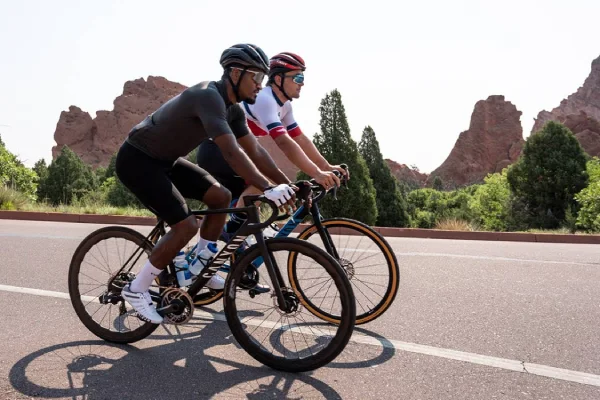
Road cycling socks are built for high-mileage pedaling on pavement and often for competitive settings. If you’re a road cyclist – whether a beginner doing weekend group rides or a seasoned racer – here’s what to expect from road-specific bike socks:
Lightweight, Thin Construction:
Road socks are generally very thin and lightweight, maximizing the direct contact between your foot and the stiff road shoe for optimal power transfer. This thin design also helps in hot weather, preventing overheating.
Breathable and Moisture-Wicking:
High-performance yarns (nylon, polyester, etc.) that wick sweat and often feature mesh ventilation zones on the top of the foot for airflow. This helps feet stay cool during long rides and reduces sweat build-up and prevents blisters.
Snug Fit with Anti-Slip Cuffs:
A close fit prevents slipping inside cycling shoes. Many road cycling socks feature silicone or elastic anti-slip strips on the cuff to keep the sock securely in place without restricting circulation. (Note: Some premium road socks even offer graduated compression up the calf for recovery and support, though this is optional.)
Cuff Height and Aerodynamics:
Road cyclists often favor taller cuffs (4–6 inches or even higher) for both style and a touch of aero performance. A higher sock creates a smooth surface on the lower calf which can reduce drag slightly at racing speeds. Plus, a taller sock provides a nice “canvas” for personal style or team colors. However, sock height is ultimately personal preference – some riders choose ankle-length socks for a classic look or cooler feel. (Fun fact: Some cyclists even pick sock height based on desired tan lines!) Unless you’re time-trialing, choose the height that you find most comfortable and stylish.
Recommended Road Cycling Socks from Top Brands
- Castelli Rosso Corsa & Assos Evo 8:
Thin, compressive, breathable socks that dry fast—perfect for long road rides. - Pearl Izumi Elite Road:
Lightweight with ventilated tops, great for summer cycling. - Others:
Maloja, Falke, and similar brands offer lightweight, race-fit socks. Look for terms like “ultralight” or “race fit.”
Mountain Biking Socks (MTB Socks)
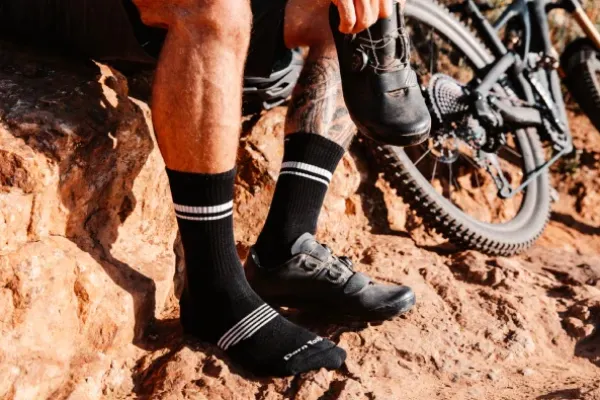
Mountain biking socks have different demands compared to road cycling socks. They need to handle rough terrain, changing weather, and longer exposure to dirt and moisture.
Longer Cuff for Protection:
Unlike low-cut road socks, MTB socks often use taller cuffs to provide extra protection against insect bites, scratches, mud, and small debris kicked up while riding. Some mountain bikers even use knee-high compression socks or integrated shin guard socks for downhill riding, but for most trail riders, a mid-calf sock is sufficient for protection.
Durable, Reinforced Materials:
Off-road riding is tough on gear, and MTB socks prioritize durability. They often use tougher weaves and may have reinforced heels and toes to withstand abrasion from dirt and repeated use.
Extra Cushioning & Comfort:
Mountain bikers typically don’t mind a slightly thicker sock because comfort can trump absolute power transfer on bumpy terrain. MTB socks often incorporate cushioning in the sole or other key areas to absorb shock from rocky trails. The padding can reduce foot fatigue when riding over roots and rocks and also helps when you’re hiking your bike over sections of trail. Despite the added softness, these socks still fit snugly enough not to bunch inside your shoes.
Breathability for Trail Conditions:
Many MTB socks are designed to handle a range of conditions – from a sunny summer trail ride to a muddy cyclocross race – wicking sweat and even drying out quickly if they get wet. (If you ride in wet conditions often, you might consider waterproof cycling socks or waterproof shoe covers for added protection.)
Style and Visibility:
MTB socks often come in bold colors and fun designs since socks are a way to show personality on the trail. Additionally, high-visibility or reflective details can be a plus if you ride in dusk or dawn conditions in the woods. Some brands like Fox, POC, or SockGuy produce MTB socks with creative looks that also meet performance needs.
Urban Commuter Socks
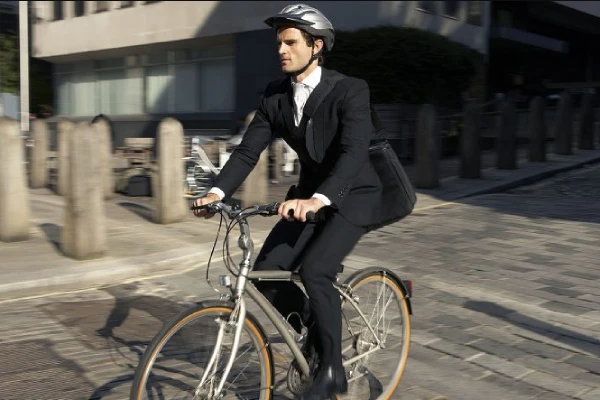
Urban commuter socks are designed for cyclists who ride daily in the city, balancing function and everyday wearability. These bike socks must feel comfortable on the bike and look good off the bike too.
All-Day Comfort:
Softer fabrics and moderate cushioning provide comfort during longer wear, whether riding or walking.
Durability for Daily Use:
If you bike commute daily, you’ll be washing your socks frequently and putting them through a lot of use. Commuter cycling socks are built to last, using quality fibers that can withstand constant wear. Reinforced toes and heels are common to prevent holes. You might pay a bit more for a good pair, but they’ll hold up over many ride-and-wash cycles, saving you money long-term.
Triathlon Socks
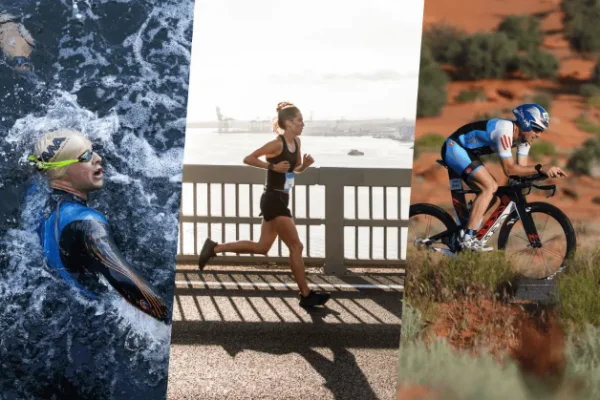
Triathlon socks serve a very specific purpose for athletes who need fast-drying, lightweight, and comfortable socks that support all three race stages: swimming, cycling, and running.
Sock or No Sock?
First, know that in short triathlons (sprint or even Olympic distance), many triathletes choose to go sockless to save time. Skipping socks in transition can save 10–30 seconds, which matters to competitive racers. However, going without socks increases the risk of blisters and hot spots, especially on the run. By half-Ironman (70.3) or full Ironman distances, the majority of athletes wear socks for the bike and run legs to protect their feet. If you’re aiming for a fast time in a short race, you might practice racing without socks. But for longer races or if you’re prone to blisters, socks are highly recommended.
Ultra-Lightweight & Thin:
Triathlon socks are made from thin, almost second-skin materials to reduce weight and bulk, allowing quick transitions.
Quick-Drying Fabrics:
Hydrophobic synthetic fibers help socks dry rapidly after the swim segment, preventing soggy discomfort. For example, athletes often choose socks like the Swiftwick Aspire Zero made from Olefin fiber, which is extremely quick-drying and moisture-wicking.
Stay-Put Fit:
Tri socks must stay in place once you pull them on. You don’t want them bunching or sliding down during your run. Elastic arch bands and fitted cuffs help triathlon socks remain securely on your feet without shifting. They should feel snug but not restricted. A well-fitted sock will prevent any wrinkles that could rub and will feel almost like part of your foot throughout the race.
FAQs
What is so special about cycling socks?
Cycling socks are designed specifically to meet the needs of cyclists. They offer features like moisture-wicking fabrics, breathable mesh panels, snug fits, and sometimes compression. These features improve comfort, reduce the risk of blisters, and enhance performance during rides. Unlike regular socks, cycling socks also come in various styles suited for road cycling, mountain biking, commuting, and triathlon.
Should I wear socks while cycling?
Yes, wearing socks while cycling is important. Socks help absorb sweat, reduce friction between your foot and shoe, and prevent blisters. They also provide cushioning and support, which can improve comfort on longer rides. Specialized cycling socks are designed to optimize these benefits.
Why compression socks for cycling?
Compression socks improve blood circulation in the legs, which can reduce muscle fatigue and speed up recovery after intense cycling. They also provide extra support and help reduce swelling, making them popular among serious cyclists and endurance riders.
Are bamboo socks good for cycling?
Bamboo socks offer natural moisture-wicking and antibacterial properties, making them a comfortable and eco-friendly option for cycling. However, their durability might be lower compared to synthetic or merino wool blends typically used in performance cycling socks. They are more suitable for casual riders or urban commuters.
How long should I wear compression socks after cycling?
It’s recommended to wear compression socks for at least 1 to 2 hours after cycling to help improve blood flow and aid muscle recovery. Some athletes prefer wearing them for longer periods, especially after long or intense rides.
Tailor Your Cycling Socks Selection to Rider Needs
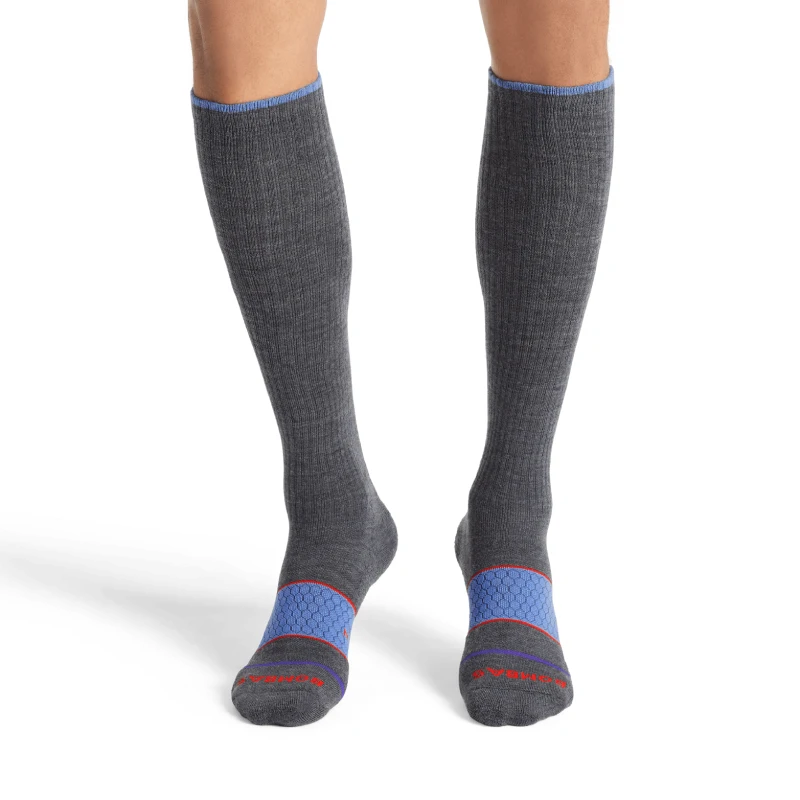
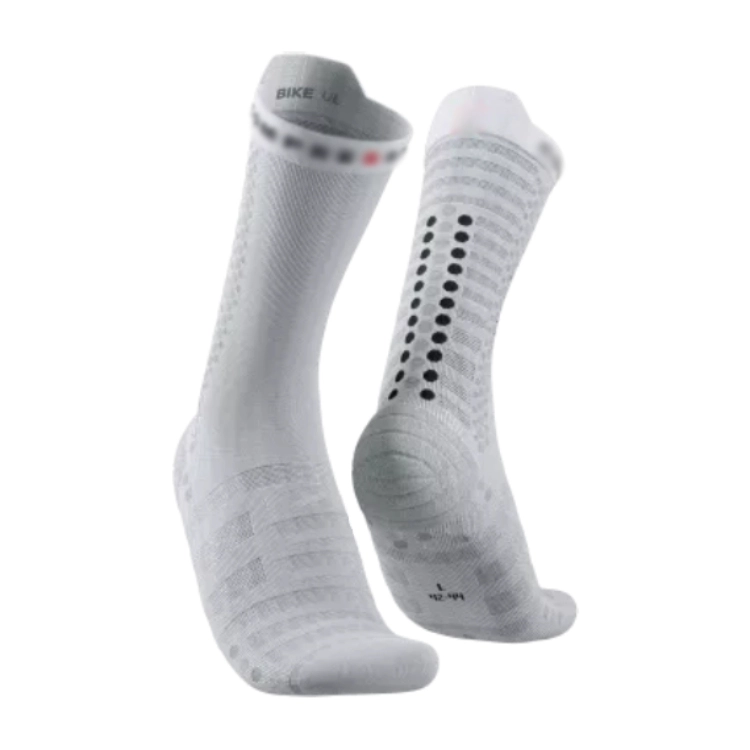
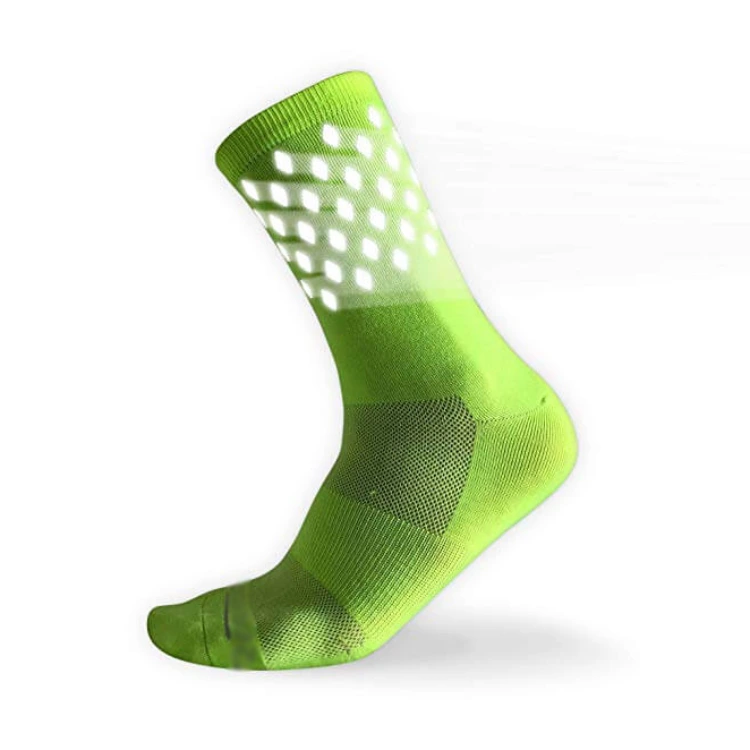
Each group demands specific features in their bike socks, and selecting the right cycling socks comes down to matching the socks’ features to the riding style and conditions. By understanding these differences and considering materials, fit, and performance needs, you can recommend the ideal bike socks for every ride and build stronger relationships in the cycling market.
Reach out today to discuss how we can help you expand your product line and meet your customers’ cycling sock needs with confidence.
